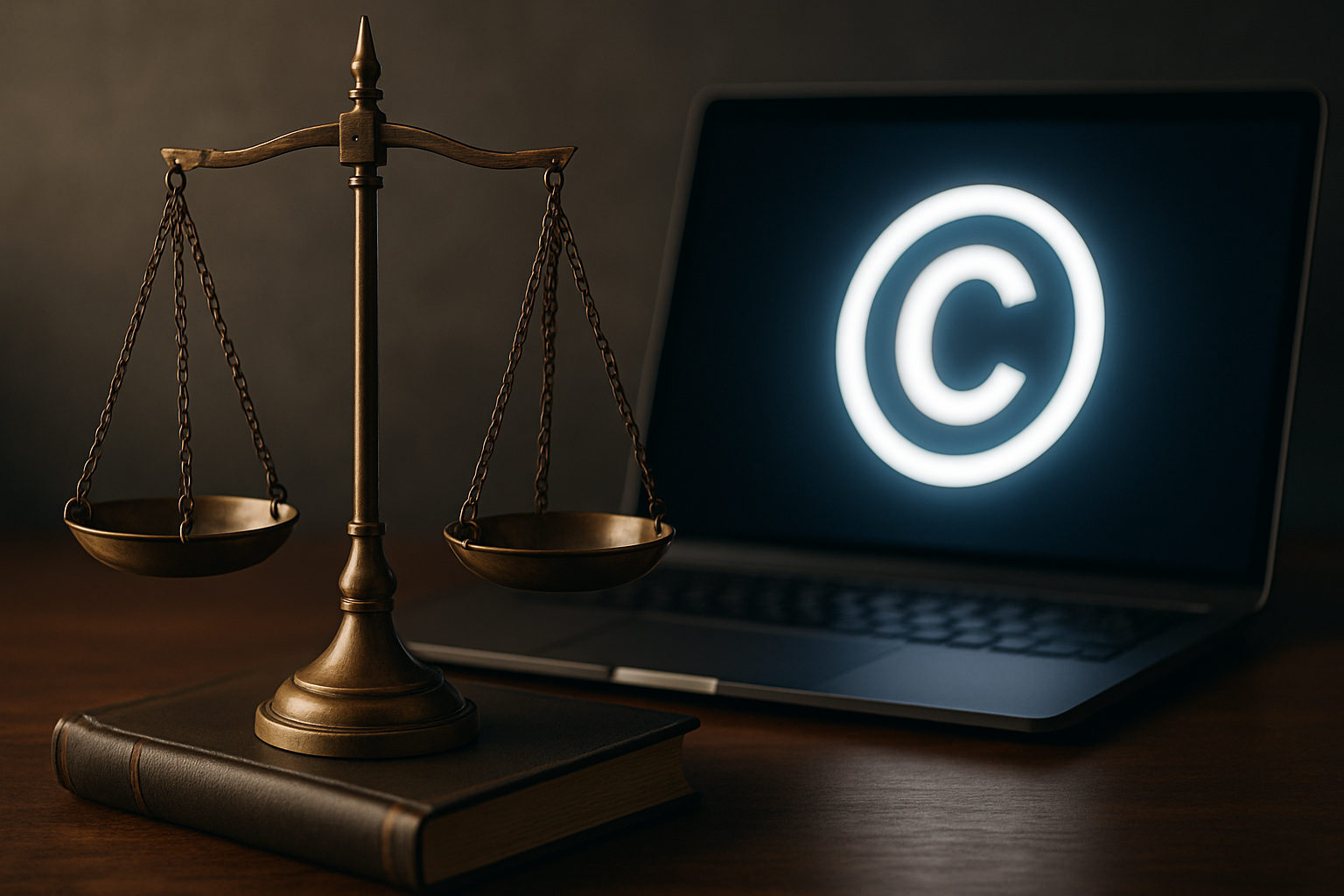Title: Legal Implications of Synthetic Biology in Patent Law
Introduction: The rapidly evolving field of synthetic biology is pushing the boundaries of patent law, challenging traditional notions of intellectual property and raising complex legal questions. As scientists create novel organisms and biological systems, the legal framework struggles to keep pace, sparking debates about the patentability of engineered life forms and their potential impact on innovation and ethics.

Historical Context of Biotech Patents
The patenting of biological inventions is not entirely new. In 1980, the landmark U.S. Supreme Court case Diamond v. Chakrabarty established that genetically modified organisms could be patented. This decision opened the floodgates for biotechnology patents, laying the groundwork for today’s synthetic biology patent landscape. However, the complexity and scale of current synthetic biology creations present unique challenges to the existing patent system.
Current Patent Law Challenges
The patenting of synthetic biological inventions raises several legal issues. One primary concern is the question of what constitutes a “new” organism or biological system worthy of patent protection. Unlike traditional mechanical or chemical inventions, living organisms can replicate and evolve, blurring the lines between natural and artificial creations. This ambiguity challenges the fundamental patent law requirement of novelty and non-obviousness.
Defining the Boundaries of Patentable Subject Matter
Courts and patent offices worldwide are grappling with defining the boundaries of patentable subject matter in synthetic biology. The question of whether artificially created DNA sequences, synthetic cells, or entire engineered organisms should be eligible for patent protection remains contentious. Some argue that overly broad patents on foundational synthetic biology technologies could stifle innovation and research in the field.
Ethical Considerations and Public Policy
The patenting of synthetic biological inventions also raises significant ethical and public policy concerns. Critics argue that allowing patents on engineered life forms could lead to the monopolization of genetic resources and hinder access to potentially life-saving technologies. There are also concerns about the environmental and biosafety risks associated with releasing patented synthetic organisms into the ecosystem.
International Patent Harmonization Efforts
As synthetic biology research becomes increasingly global, there is a growing need for international harmonization of patent laws in this area. Different countries have varying approaches to patenting biological inventions, which can lead to inconsistencies and challenges for inventors seeking global protection. Efforts are underway to establish more uniform standards, but achieving consensus remains difficult due to differing national interests and ethical perspectives.
The Role of Patent Offices and Courts
Patent offices and courts play a crucial role in shaping the legal landscape for synthetic biology patents. They must strike a delicate balance between encouraging innovation through robust intellectual property protection and safeguarding the public interest. This requires developing new examination guidelines and legal tests tailored to the unique challenges posed by synthetic biology inventions.
Future Directions and Potential Reforms
As synthetic biology continues to advance, there is an ongoing debate about potential reforms to the patent system. Some propose creating a sui generis system specifically for biological inventions, while others advocate for expanding the scope of open-source and commons-based approaches to innovation in this field. Policymakers must carefully consider these options to ensure that the patent system remains effective and balanced in the age of synthetic biology.
In conclusion, the intersection of synthetic biology and patent law represents a frontier of legal and ethical challenges. As we navigate this complex landscape, it is crucial to foster a patent system that encourages innovation while addressing the unique concerns raised by engineered biological systems. The decisions made today will shape the future of biotechnology and have far-reaching implications for science, industry, and society as a whole.





